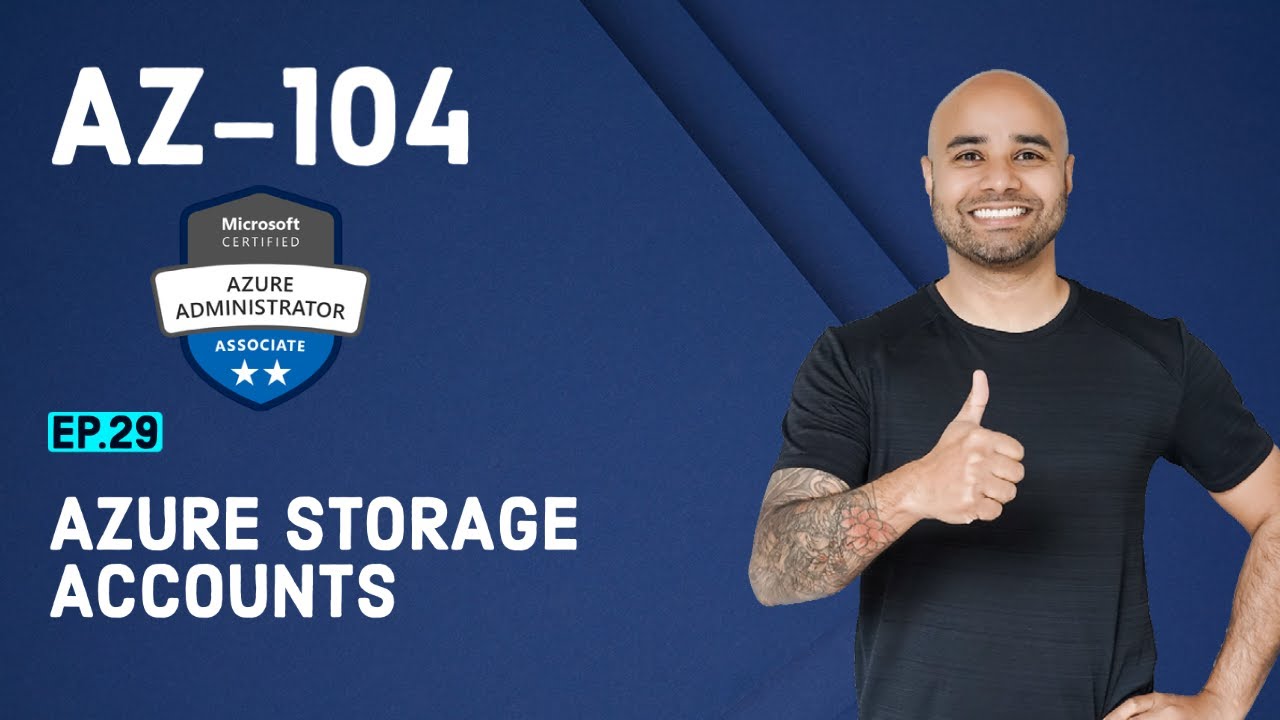MEDIA PENYIMPANAN DATA
Summary
TLDRThis script discusses various data storage media, explaining their types, features, and differences. It covers magnetic disks such as floppy disks, hard disk drives (HDD), and USB flash drives, as well as optical disks like CD-ROM, CD-RW, and DVD. The script also introduces cloud storage services such as Google Drive and iCloud. It highlights the evolution of storage technology, from larger, slower options like HDD to faster, more compact SSDs. Additionally, it explores the advantages and limitations of each storage type, such as capacity, portability, speed, and security concerns with cloud storage.
Takeaways
- 😀 Magnetic disks are a common form of data storage, including floppy disks, hard disk drives (HDD), and solid-state drives (SSD).
- 😀 Floppy disks were popular in the past with a storage capacity of up to 250MB, but are now outdated.
- 😀 HDDs are widely used in computers, offering large storage capacities, but are bulky and generate heat during use.
- 😀 SSDs offer faster data access, smaller size, lower power consumption, and are increasingly used in modern laptops and desktops.
- 😀 USB flash drives are portable, easy to use, and range from 2GB to over 100GB in storage capacity.
- 😀 Optical disks like CDs and DVDs use laser technology to store data, with DVDs offering higher capacity than CDs, up to 9GB.
- 😀 Optical disks are prone to scratches, which can damage the data, and have lower storage capacities compared to newer technologies.
- 😀 Cloud storage allows users to store data remotely and access it from anywhere with an internet connection.
- 😀 Popular cloud storage services like Google Drive offer 15GB of free storage, with paid options for additional capacity.
- 😀 The main challenges of cloud storage include the need for internet access and concerns about data security and breaches.
Q & A
What is the purpose of data storage media in a computer?
-Data storage media in a computer is used to store various types of digital data such as files, photos, videos, and more. It helps keep data safe and accessible for use in computing devices.
What are the three main categories of data storage media discussed in the script?
-The three main categories of data storage media discussed are magnetic disks, optical disks, and cloud storage.
How does a magnetic disk function?
-A magnetic disk stores data through a motorized disk that spins inside a drive. Data is read and written using magnetic heads that interact with the disk's surface.
What is the difference between a hard disk drive (HDD) and a solid-state drive (SSD)?
-An HDD uses mechanical parts and spinning disks to store data, while an SSD uses flash memory with no moving parts. SSDs are faster, smaller, more durable, and consume less power compared to HDDs.
What are the advantages of using SSD over HDD?
-SSDs are faster in reading and writing data, generate less heat, are more durable, and have a smaller form factor compared to HDDs. However, they tend to be more expensive.
What is a floppy disk, and how much data could it store?
-A floppy disk was an early form of portable data storage that could hold up to 250MB of data. It was used in the past for transferring small files between computers.
What are the main types of optical disks mentioned in the script?
-The main types of optical disks mentioned are CD-ROM, CD-RW, and DVD. Each has different capabilities in terms of data storage and editing features.
What is the key disadvantage of using optical disks for data storage?
-The main disadvantage of optical disks is their relatively small storage capacity (e.g., 9GB for DVDs) and their susceptibility to damage, such as scratches, which can render the data unreadable.
What are the benefits and drawbacks of cloud storage?
-Cloud storage offers easy access to data from anywhere with an internet connection and often provides free storage (e.g., 15GB on Google Drive). However, it has limitations in storage capacity, can be less secure, and requires an internet connection for access.
What is the difference between CD-ROM and CD-RW?
-A CD-ROM is a read-only storage medium, meaning data can only be written once and cannot be modified. In contrast, a CD-RW allows users to write, erase, and rewrite data multiple times.
Outlines

This section is available to paid users only. Please upgrade to access this part.
Upgrade NowMindmap

This section is available to paid users only. Please upgrade to access this part.
Upgrade NowKeywords

This section is available to paid users only. Please upgrade to access this part.
Upgrade NowHighlights

This section is available to paid users only. Please upgrade to access this part.
Upgrade NowTranscripts

This section is available to paid users only. Please upgrade to access this part.
Upgrade Now5.0 / 5 (0 votes)





